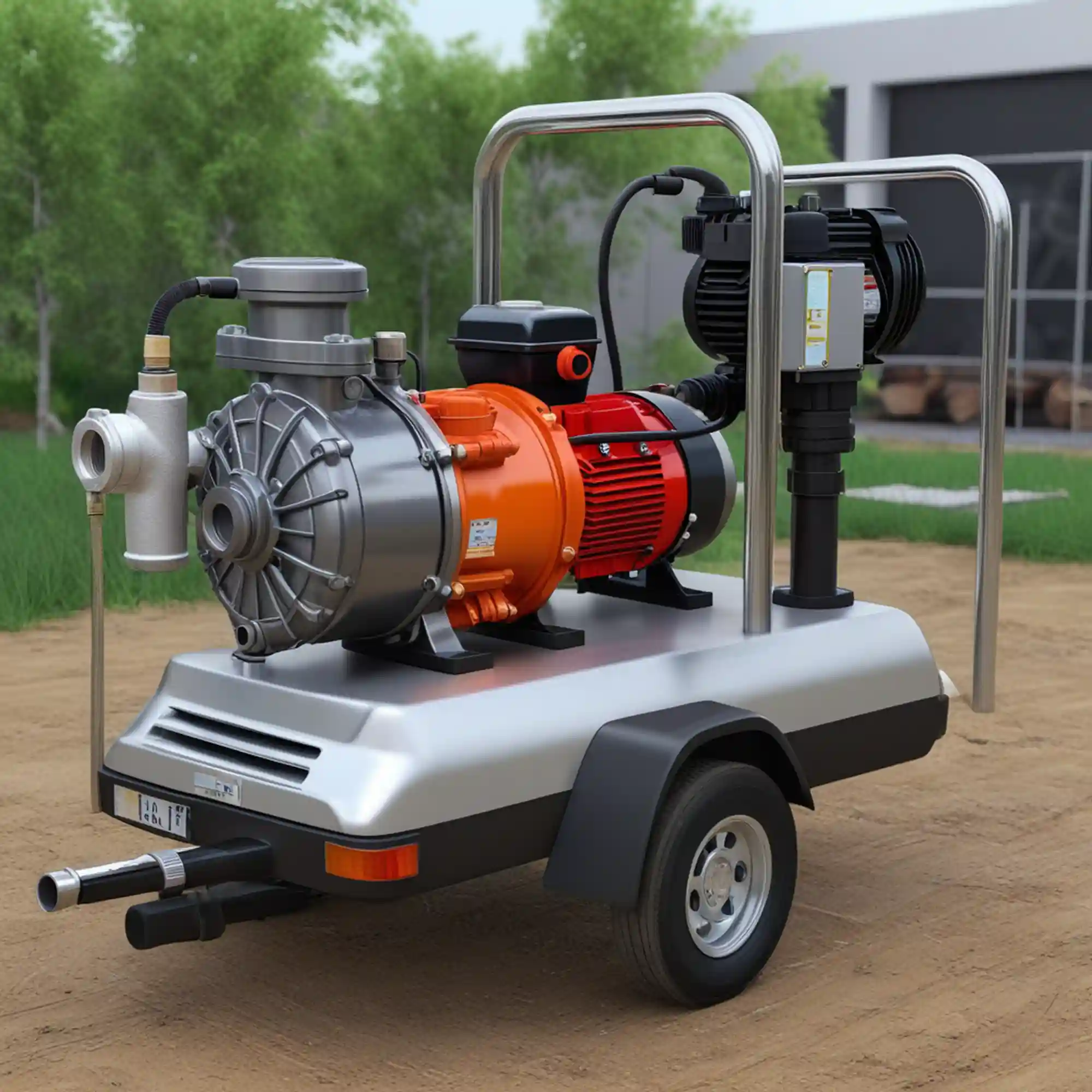Understanding Transfer Pumps
Transfer pumps are essential tools for gardeners, allowing them to efficiently transfer various fluids such as water, fertilizers, and pesticides across their gardens. These pumps can be powered by electricity, manual effort, batteries, or air pressure. Each type of transfer pump has its advantages and disadvantages, which will be discussed in detail below.
Definition of Transfer Pumps
Transfer pumps are designed to move fluids from one location to another efficiently. They can be used for a variety of tasks in gardening, including watering, fertilizing, and pest control. Choosing the right transfer pump for your garden can significantly enhance your gardening experience and productivity.
Types of Transfer Pumps
There are several types of transfer pumps available, each with its own set of benefits and drawbacks. The most common types include electric, manual, battery-powered, and pneumatic transfer pumps.
Electric Transfer Pumps
Electric transfer pumps are powered by electricity and are often the most efficient option for large-scale gardening tasks. They offer high flow rates and pressures, making them ideal for transferring large quantities of fluid quickly. However, they require a power source, which may limit their use in areas without access to electricity. Additionally, they can be noisy and may require more maintenance than other types of transfer pumps.
Manual Transfer Pumps
Manual transfer pumps are powered by human effort and are a cost-effective alternative to electric pumps. They are suitable for smaller gardening tasks and can be used anywhere, eliminating the need for a power source. However, they require physical effort and may not be as efficient as electric pumps.
Battery-Powered Transfer Pumps
Battery-powered transfer pumps offer a balance between electric and manual pumps. They are portable, easy to use, and require minimal maintenance. However, their battery life can limit their use, and they may not provide the same flow rates as electric pumps.
Pneumatic Transfer Pumps
Pneumatic transfer pumps use compressed air to transfer fluids. They are suitable for transferring high-viscosity fluids and can handle large volumes efficiently. However, they require an air compressor, which can be expensive, and may not be suitable for all gardening tasks.
Choosing the Right Transfer Pumps for Your Garden
When choosing a transfer pump for your garden, it’s essential to consider your specific needs and the type of fluid you’ll be transferring.
Understanding Your Needs
Before selecting a transfer pump, identify the type of fluid you’ll be transferring, the flow rate and pressure required, and whether you prefer a portable or stationary pump. This information will help you narrow down the best type of transfer pump for your gardening needs.
Electric Transfer Pumps
Electric transfer pumps are ideal for large-scale gardening tasks due to their high flow rates and pressures. They are suitable for transferring water, fertilizers, and pesticides efficiently. However, they require a power source, which may limit their use in areas without access to electricity. Additionally, they can be noisy and may require more maintenance than other types of transfer pumps.
Manual Transfer Pumps
Manual transfer pumps are a cost-effective alternative to electric pumps. They are suitable for smaller gardening tasks and can be used anywhere, eliminating the need for a power source. However, they require physical effort and may not be as efficient as electric pumps.
Battery-Powered Transfer Pumps
Battery-powered transfer pumps offer a balance between electric and manual pumps. They are portable, easy to use, and require minimal maintenance. However, their battery life can limit their use, and they may not provide the same flow rates as electric pumps.
Pneumatic Transfer Pumps
Pneumatic transfer pumps use compressed air to transfer fluids. They are suitable for transferring high-viscosity fluids and can handle large volumes efficiently. However, they require an air compressor, which can be expensive, and may not be suitable for all gardening tasks.
Maintenance and Troubleshooting Transfer Pumps
Regular maintenance is crucial to ensure your transfer pump continues to function efficiently. Here are some tips for maintaining and troubleshooting your transfer pump.
Regular Maintenance
- Cleaning and inspecting the pump
- Replacing worn-out parts
- Storing the pump properly
Common Issues
- Leaks
- Overheating
- Clogged pipes
Safety Precautions When Using Transfer Pumps
When using transfer pumps, it’s essential to take safety precautions to avoid accidents and injuries.
Safety Precautions
- Wearing protective gloves and eyewear
- Ensuring proper ventilation
- Handling electrical components safely
Conclusion
In conclusion, choosing the right transfer pump for your garden depends on your specific needs and the type of fluid you’ll be transferring. By understanding the different types of transfer pumps available and their advantages and disadvantages, you can make an informed decision that enhances your gardening experience and productivity.








